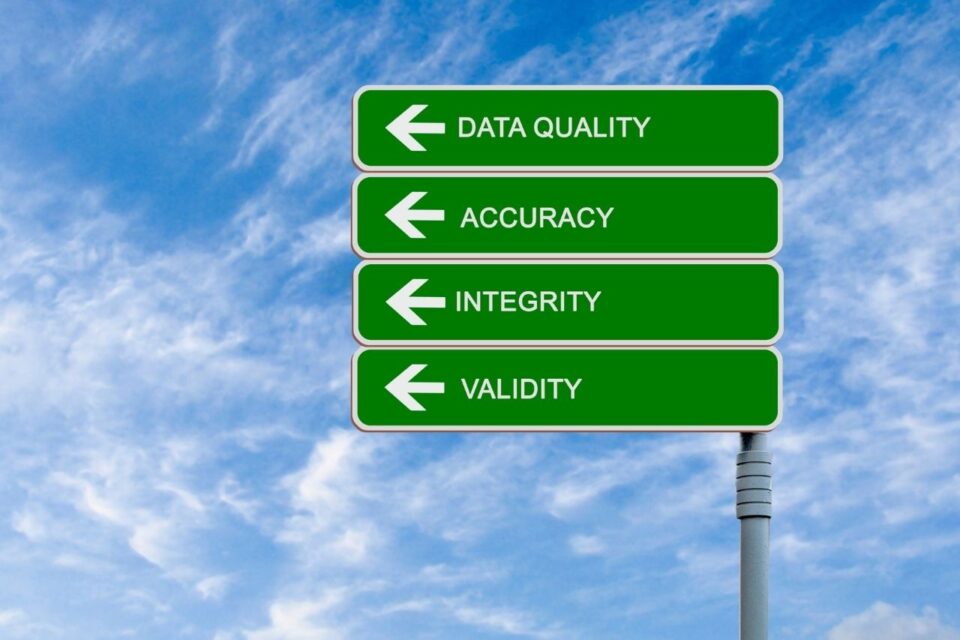
How Will Pricing Transparency Affect Healthcare?
December 1, 2020
Revenue Cycle Management in 2021
December 29, 2020Recently, a price transparency rule was issued by CMS – The Centers for Medicare and Medicaid Services. This rule demands hospitals to issue their prices before they provide the services.
It also states that they have to list their standard costs for their “shoppable services,” including their lowest prices as well. According to the administrator of CMS, Seema Verma, this rule will benefit patients by improving quality and reducing costs.
It is also important that healthcare professionals introducing tools for price transparency measure their performance as well. They can do this by monitoring metrics such as tool engagement, debt decreases, and a decrease in price-linked calls.
A “shoppable service” is a service provided by health care through which patients can schedule in beforehand, at times as per their convenience. However, such services are usually not urgent.
However, according to many, price transparency is a shallow attempt to make a healthcare amendment. While it seems to reduce the expenses of healthcare basically, it will have various complicated and unplanned consequences in markets countrywide.
How can price transparency promote Cost Savings and Better Outcomes?
According to research, the price transparency could help save around $5 billion annually.
Caveats to the $5million annual savings estimate
- Proofs supporting that price transparency is affecting hospital outcomes positively are uncertain from a medical perspective.
- Associating savings with transparency is ambiguous as reporting initiatives contribute to the incentive for advancements in care and not enhance care at first hand, hence generating a ‘double counting’ risk for savings.
- Since readmissions are a major hospital revenue source, it is very likely that hospital administrators become less prone to decrease rates of more readmissions than high fatality or inadequate process measures, as readmission does not necessarily mean poor quality. This means that readmission reporting may necessarily need financial incentives.
Most consumers would prefer paying $50 than not knowing the expenses of a healthcare visit. Consumers don’t just desire price transparency— they will happily spend on it.
Having an estimate of finances will decide if consumers see a particular provider.
Price transparency being offered may decide if a patient chooses a certain hospital over the other. They will make payment more willingly – at least a partial one. Hence, price transparency plays a vital role in deciding which hospital and if they seek care—also what they are ready to pay at that moment.
Health systems already practicing price transparency are likely to see an increase in point-of-service collections. With the correct approach, an organization can balance costs and stress on staff using tools that help them grow collections plus relax the administrative load of making a large price transparency transition.
Discover The Ultimate Pricing Transparency Solution
If you are interested in a free demo of our AllPayor® Software, please go HERE or you can register for a FREE webinar HERE





